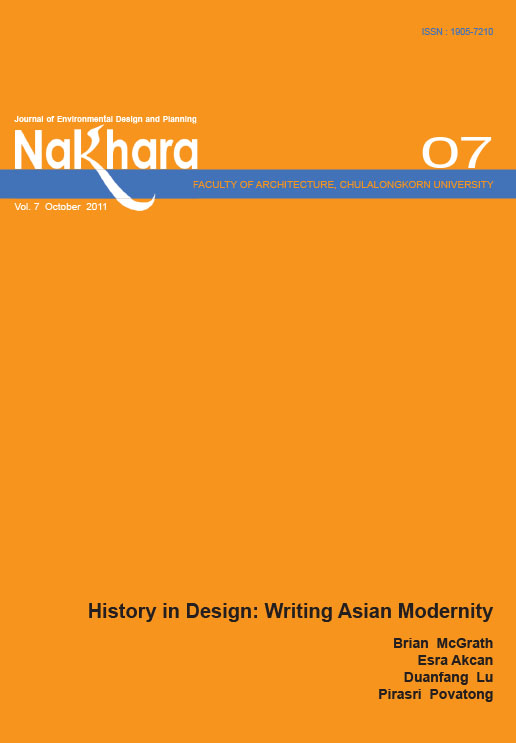The Changing Role of Water in the Spatial Construction and Design of Southeast Asian Polities
Main Article Content
Abstract
Investigating historical maps and texts, this essay charts the changing role of water in the spatial
understanding and city design of three consecutive polities in Southeast Asia: pre-colonial tributary
system, modern nationhood during the colonial period, and contemporary globalized neoliberal government. The role of water shifts from a heuristic device that is interwoven with political and territorial imaginings to a technocratically engineered commodity that is sacrificed in pursuit of modernization. Using the current urban design of Phnom Penh, Cambodia as an example, water remains the blind spot for urban development, despite the discussion of water sustainability at the regional scale.
Article Details
How to Cite
C. Wong, L. (2011). The Changing Role of Water in the Spatial Construction and Design of Southeast Asian Polities. Nakhara : Journal of Environmental Design and Planning, 7, 11–24. retrieved from https://ph01.tci-thaijo.org/index.php/nakhara/article/view/104969
Section
Review Articles

